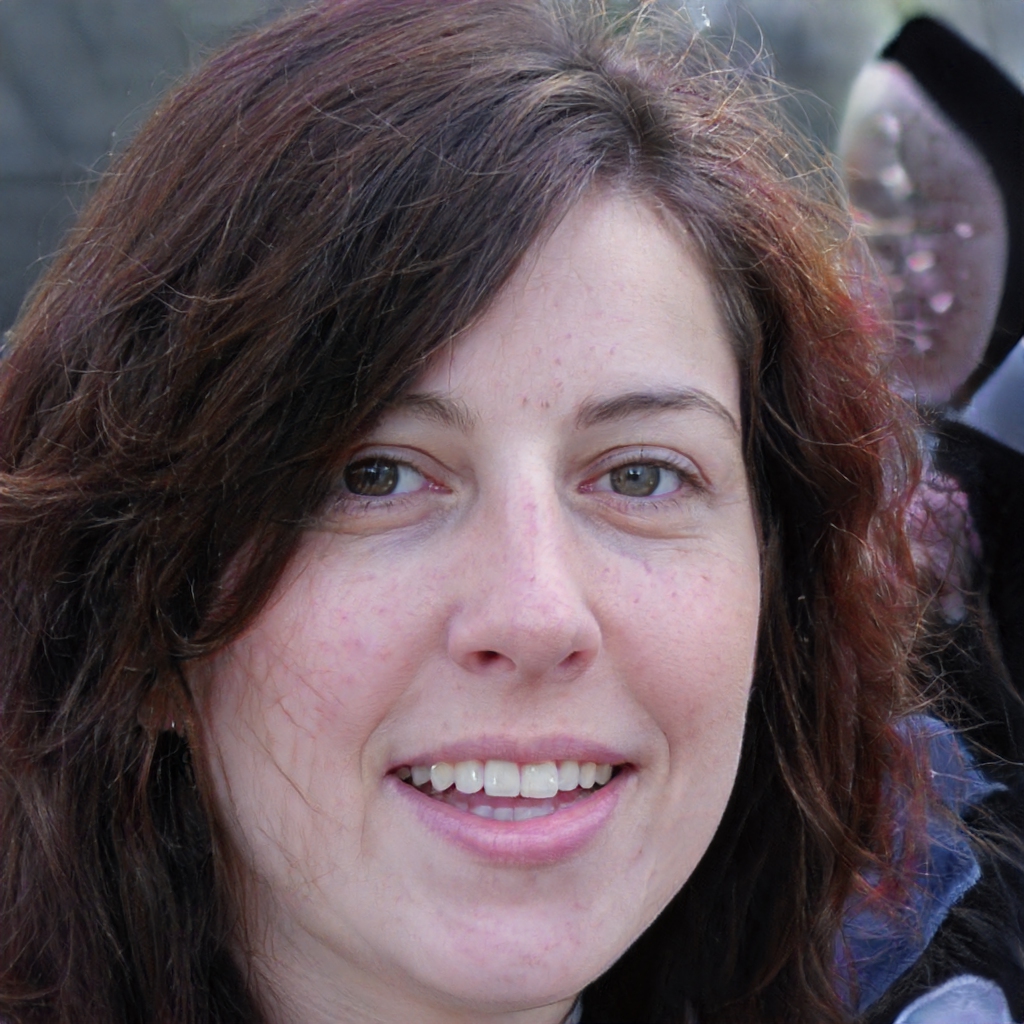SAFe (Scaled Agile Framework) is a set of values, principles, and practices for implementing agile software development at enterprise scale. SAFe is based on the premise that the benefits of agile software development can be realized on a large scale only if the entire organization is aligned around a common set of values and principles.
SAFe is not a single process or methodology, but rather a framework that can be customized to fit the needs of any organization. The key components of SAFe are:
- Value Streams: A value stream is the flow of work from idea to delivery of value to the customer. In SAFe, value streams are the primary units of work, and they are organized around the delivery of value to the customer.
- Agile Release Trains: An agile release train (ART) is a self-organizing, cross-functional team of teams that plans, commits, and executes iterations to deliver value to the customer. Each ART is responsible for delivering a increment of value to the customer at the end of each iteration.
- Program Increments: A program increment (PI) is a time-boxed period of work, typically 8-12 weeks long, during which an agile release train delivers a increment of value to the customer. PIs are the primary unit of planning in SAFe, and they provide a cadence for planning, committing, and executing work.
- Portfolio Backlog: The Is SAFe an agile framework? SAFe is an agile framework, but it is not the only agile framework. There are many other agile frameworks out there, such as Scrum, Kanban, and Lean.
What are the 3 levels of SAFe agile framework?
SAFe is an agile software development framework that defines three levels of collaboration: team, program, and portfolio.
The team level is the smallest unit of SAFe. It is a group of 7-12 individuals who share the same purpose or goal. This team level focuses on developing and delivering a product or service.
The program level is a group of teams that work together to achieve a common goal. This level focuses on the coordination and integration of the work of the individual teams.
The portfolio level is the highest level of SAFe. It focuses on the strategic planning and execution of the program. The portfolio level includes the management of resources, dependencies, and risks.
What are the 4 levels of Scaled Agile Framework?
The Scaled Agile Framework (SAFe) is a set of guidelines for implementing agile processes at scale. It is designed to help organizations overcome the challenges associated with scaling agile across the enterprise.
The framework consists of four levels:
1. Team Level: This is the level at which individual agile teams operate. Each team is responsible for delivering a working increment of software at the end of each sprint.
2. Program Level: This is the level at which multiple teams work together to deliver a coordinated release of software. The program level is responsible for integrating the work of the individual teams and ensuring that dependencies are managed effectively.
3. Portfolio Level: This is the level at which the organization's agile transformation is managed. The portfolio level is responsible for setting the direction for the transformation and ensuring that it is aligned with the organization's strategy.
4. Enterprise Level: This is the level at which the organization as a whole operates. The enterprise level is responsible for ensuring that the agile transformation is aligned with the organization's business goals and objectives.
What is SAFe agile vs Scrum?
SAFe is an agile framework that can be used to scale agile software development to large organizations. SAFe is based on the principles of lean and agile software development, and incorporates aspects of both Scrum and Kanban. SAFe is designed to help organizations deliver high-quality software products in a faster and more efficient way.
Scrum is an agile software development methodology that emphasizes teamwork, collaboration, and a iterative approach to software development. Scrum is typically used by small teams working on software projects.
